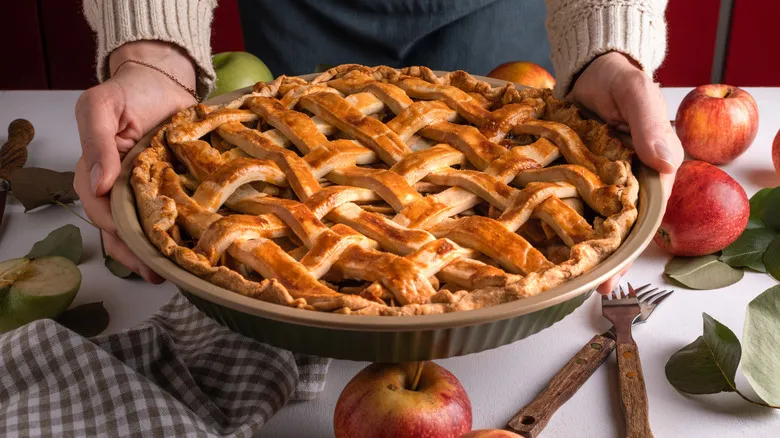More soggy bottom prevention methods
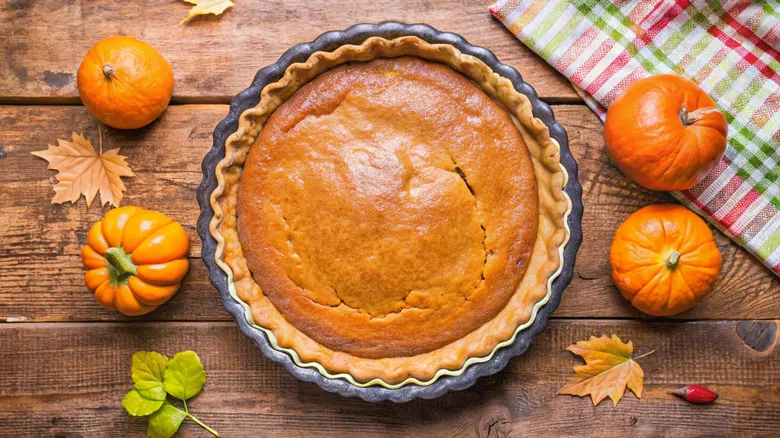
Keeping the heat transfer process in mind, you might consider using a baking steel instead, which shares similar characteristics with a pizza stone and can retain heat even longer. This makes it beneficial for achieving a crispy crust on homemade bread as well. However, if you don’t have either option available, there are alternative strategies to prevent a soggy pie bottom.
For those willing to add a bit of flavor, a layer of melted chocolate or almond frangipane can act as a barrier, shielding your crust from moisture. If you prefer a more neutral approach, brushing a beaten egg white on the bottom of your pie can be effective. Additionally, a homemade mixture known as crust dust—equal parts sugar and flour—can be sprinkled on the surface before adding your filling.
Regardless of whether you've taken the time to avoid common pie crust pitfalls, indulged in a bit of extra butter for a flakier result, or simply opted for a frozen pie from the store, the goal remains the same: nobody wants a soggy-bottom pie. Fortunately, following this pizza stone advice will help ensure your slices boast a delightful contrast between rich filling and buttery, flaky pastry—truly the essence of dessert perfection.
Recommended
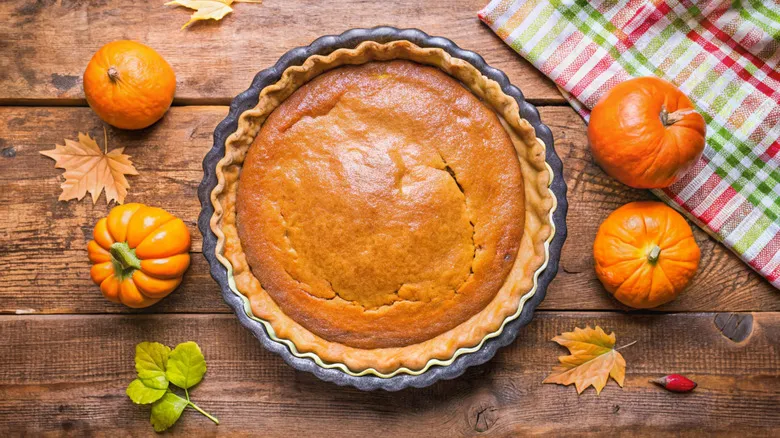
Pumpkin Pie Is Great, But Caramel Makes It Even Better
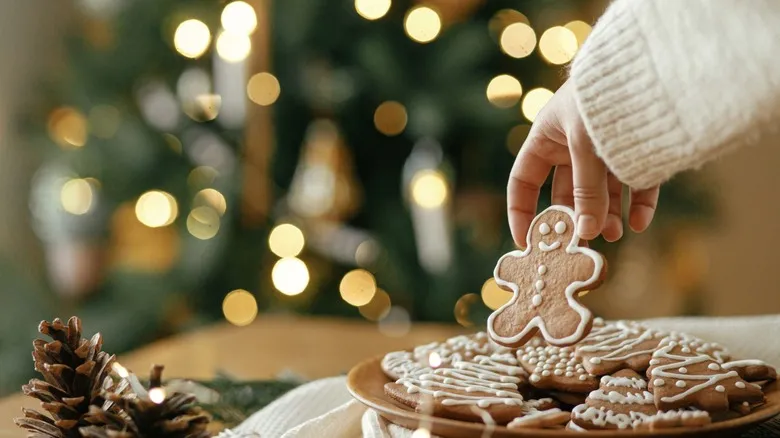
Gingerbread Men Cookies Date Back To The Time Of Shakespeare
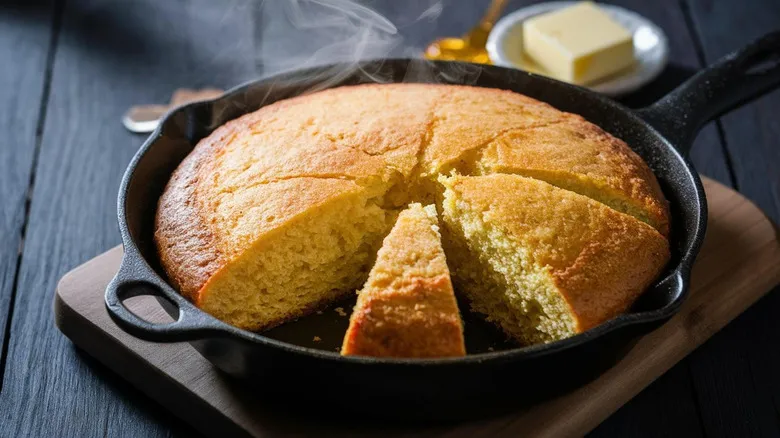
Give Cornbread A Salty, Crunchy Twist With This Store-Bought Snack

The Liquor Alton Brown Swears By For Better Pecan Pie
Next up

